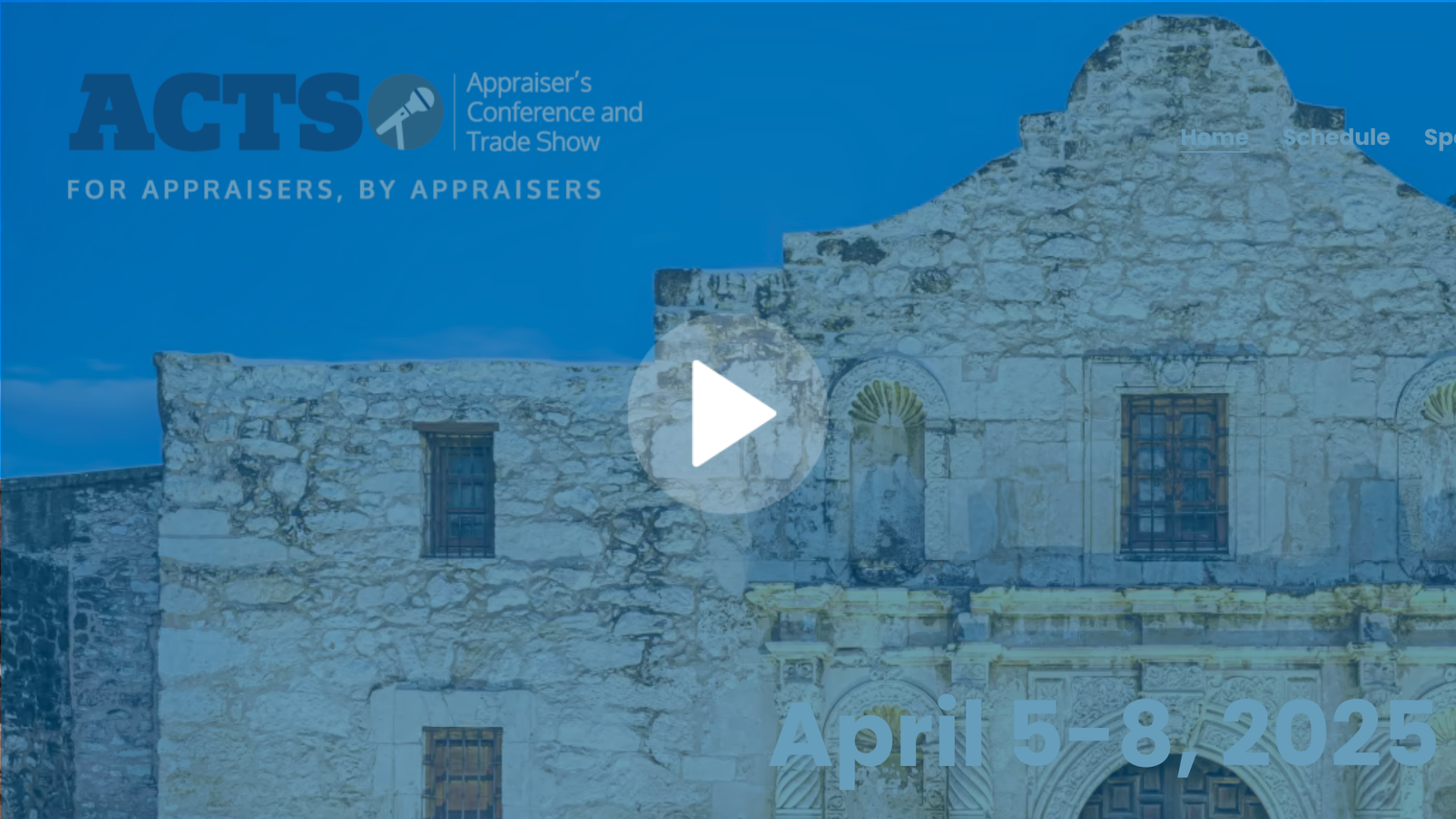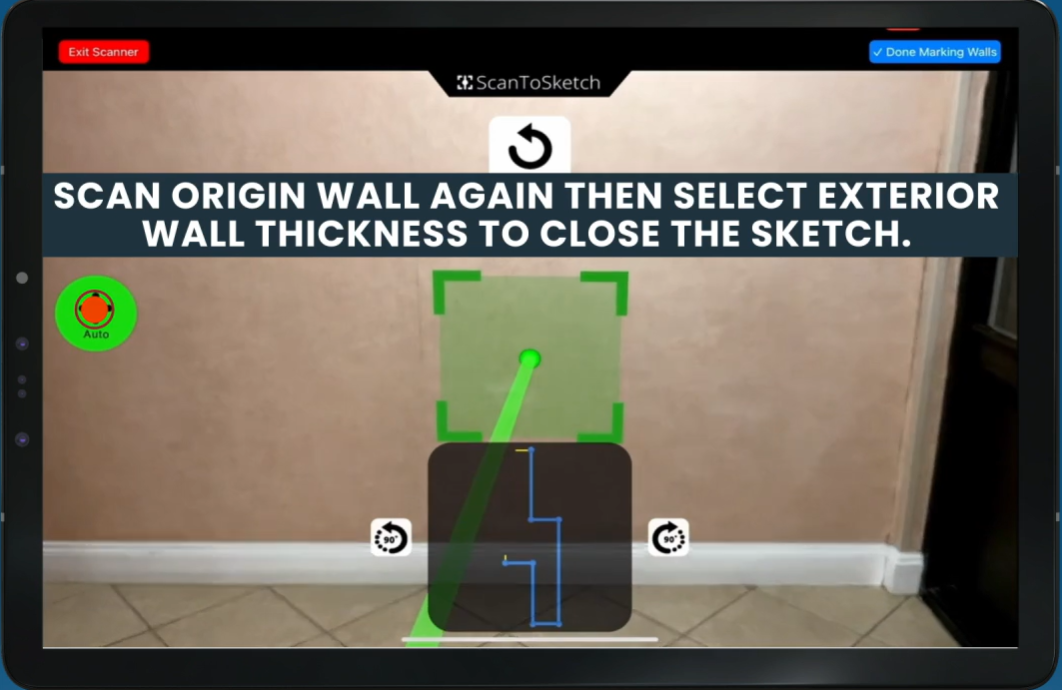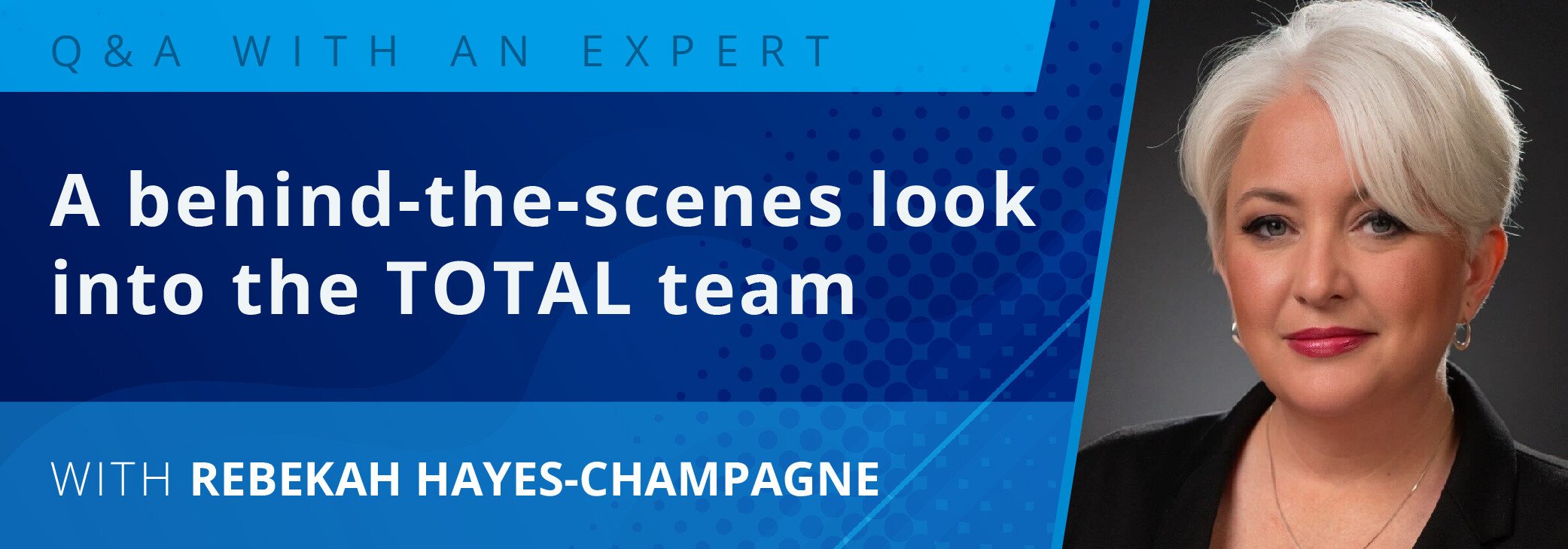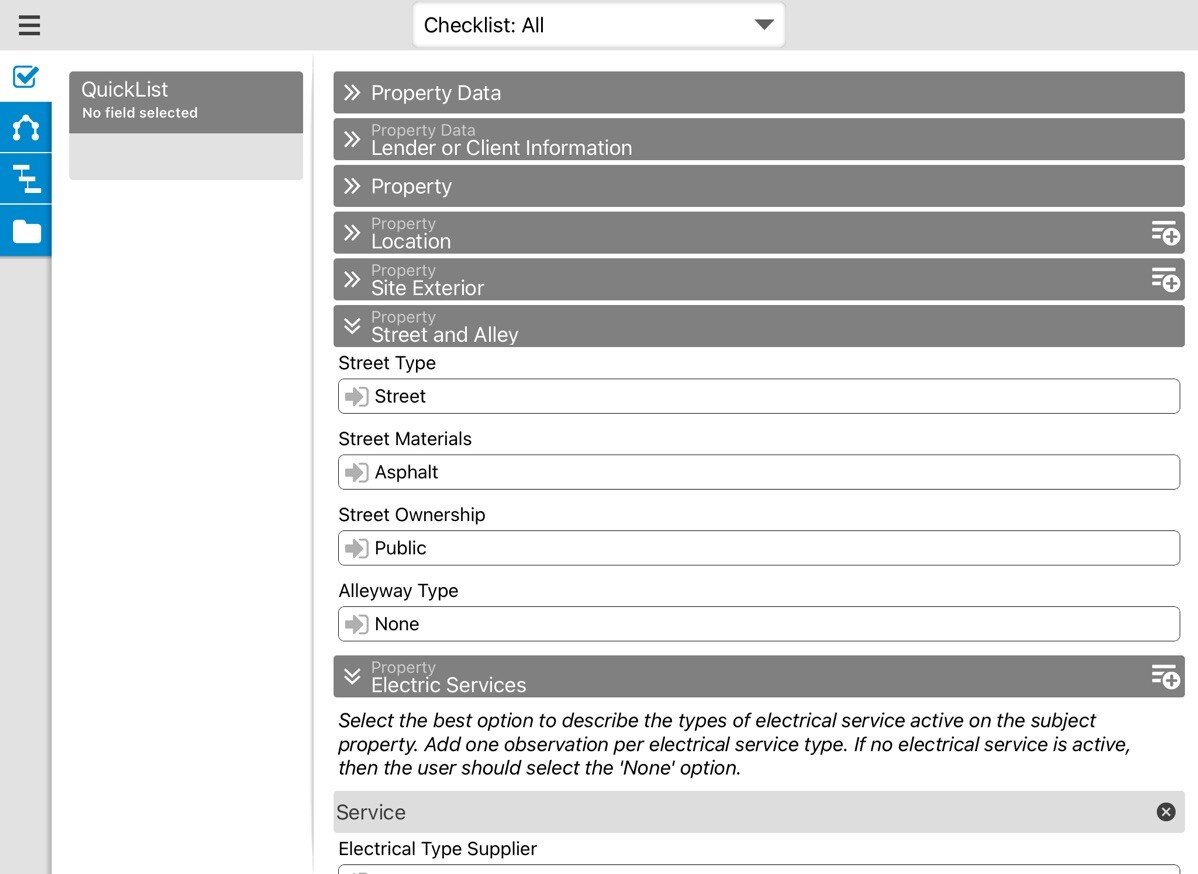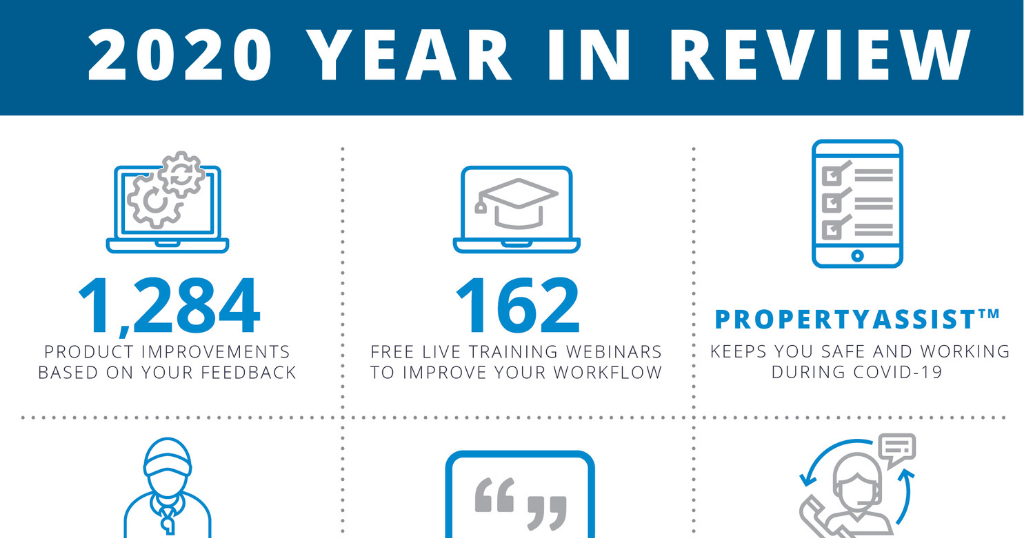Fifteen years ago this week the first President Bush signed into law the Financial Institutions Reform, Recovery and Enforcement Act of 1989 (FIRREA), Title XI of which created today's appraiser regulatory structure, administered by the states to national standards maintained by the Appraisal Foundation and its boards.
Observers of and participants in FIRREA's regulatory scheme give it mixed grades. David S. Bunton, Executive Vice President of the Appraisal Foundation, touts the law's benefits. "Prior to the enactment of FIRREA only a couple of states regulated real estate appraisers," he told us this week. "The passage of FIRREA served as the catalyst that ensured a threshold level of competency, through licensing and certification, for the real estate appraisal profession."
In testimony before a Congressional subcommittee in March, Alan E. Hummel, SRA, past President of the Appraisal Institute, warned that FIRREA had created a perception of diminished quality in appraisal services. "Fifteen years after FIRREA, how are we doing?" he asked. "Only 28 percent of the users we surveyed saw improvement, while fully half say that appraisal quality has declined."
At the same hearing, while noting a need for modernization and "tightening" of Title XI, American Society of Appraisers (ASA) president Eugene Kaczkowski said "the state of the real estate appraisal profession is generally good and that enactment of Title XI of FIRREA in 1989 was, and continues to be, an indispensable and positive force in professionalizing the nation's real estate appraisers." He continued, "We are convinced that today's real estate appraisers, as a group, are far better educated, more competent and are held to a higher standard of ethics and accountability than their pre-FIRREA predecessors."
Frank Gregoire, IFA, RAA, REALTOR®-Appraiser and President of Gregoire & Gregoire, Inc., however, bemoans the loss in prestige and quality of the appraisal profession. "In my humble opinion, at least in my part of the country on the residential side, the result of increased regulation and federal oversight has contributed to an oversupply of minimally qualified appraisers, the diminishment of quality education and the unfortunate loss in prestige of several professional associations," he told us.
"Fifteen years after FIRREA, it seems as though appraisers are held in lower esteem, their opinions and services are often regarded as unnecessary, burdensome and impediments to commerce, and a higher percentage of our ranks are occupied by individuals hell bent on developing one 'skill' – filling a form with canned comments," Gregoire said.
Larry Levy, retired designated and certified appraiser and regulation activist, told us FIRREA held great promise for the profession that has gone unfulfilled – and possibly, as Gregoire also noted, backfired.
"Federally-mandated appraisal regulation was probably the seminal event in the history of the valuation industry," he told us. "It held great promise for creating high standards of professional conduct and accountability, while better insuring the public interest (which was the point in the first place). For these reasons, appraisers found the idea acceptable in terms of cost, and the added burdens to productivity. We should have known better."
Levy said the lending industry, in tandem with Fannie Mae and Freddie Mac, has exerted more and more influence on changes in appraisal practice that suit their needs, not the public's, or appraisers'. "This increases the risk to the public interest, and it damages the profession," he said. "Compared to former times, this can be seen in wildly elevated de minimus levels, abbreviated practices, and legions of newer, lesser skilled appraisers who have little regard for the importance of professional associations."
A little more than a year ago, the GAO (which now stands for Government Accounting Office) issued a comprehensive report on the appraiser regulatory structure which identified under funding as the culprit in a lack of uniformity and reciprocity among states. The report recommended the Appraisal Subcommittee (ASC) develop and apply more consistent criteria, explore greater funding options for the Appraisal Foundation and its boards, and provide non-financial assistance to help the states administer their federal FIRREA mandate. It also asked the ASC to coordinate with Fannie Mae, Freddie Mac and HUD to improve the referral of fraudulent appraisals to state boards.
In March, the GAO told Congress the ASC had made progress on the first three of the above, but had tried without success to work with Fannie, Freddie and HUD.
"Fifteen years after enactment, FIRREA continues to serve as the glue that binds the real estate appraiser regulatory system," Bunton said. "While certainly not perfect, we are in a much better place today because of it."
Levy, however, says he sees "no improved result in quality reviews on bundled loans (even after explosive growth of the review field), and competition in fees to the detriment of the most qualified appraisers."
(Ed. note: Levy has written extensively on appraiser regulatory issues; see a recent example here.)


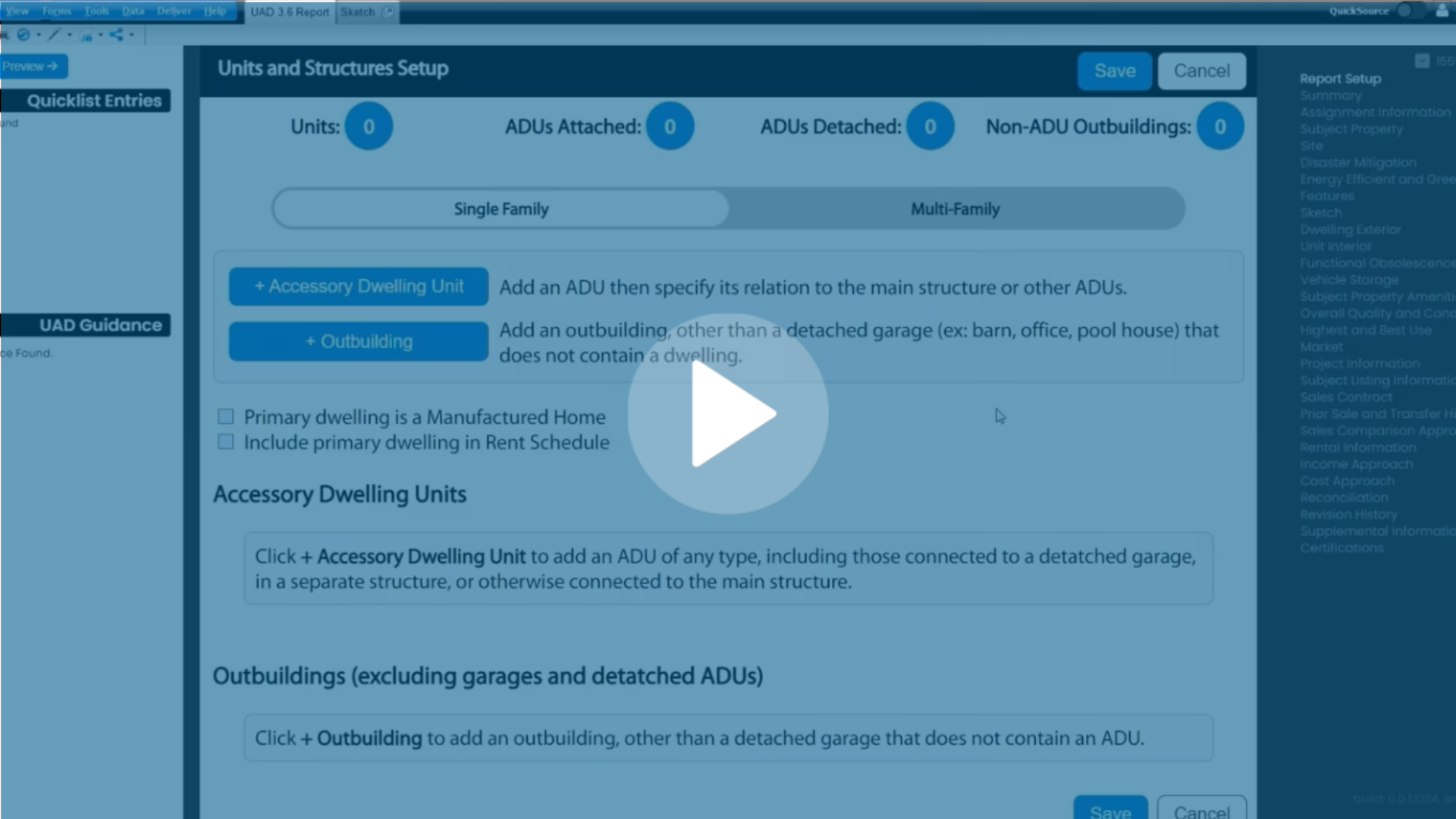
.png)

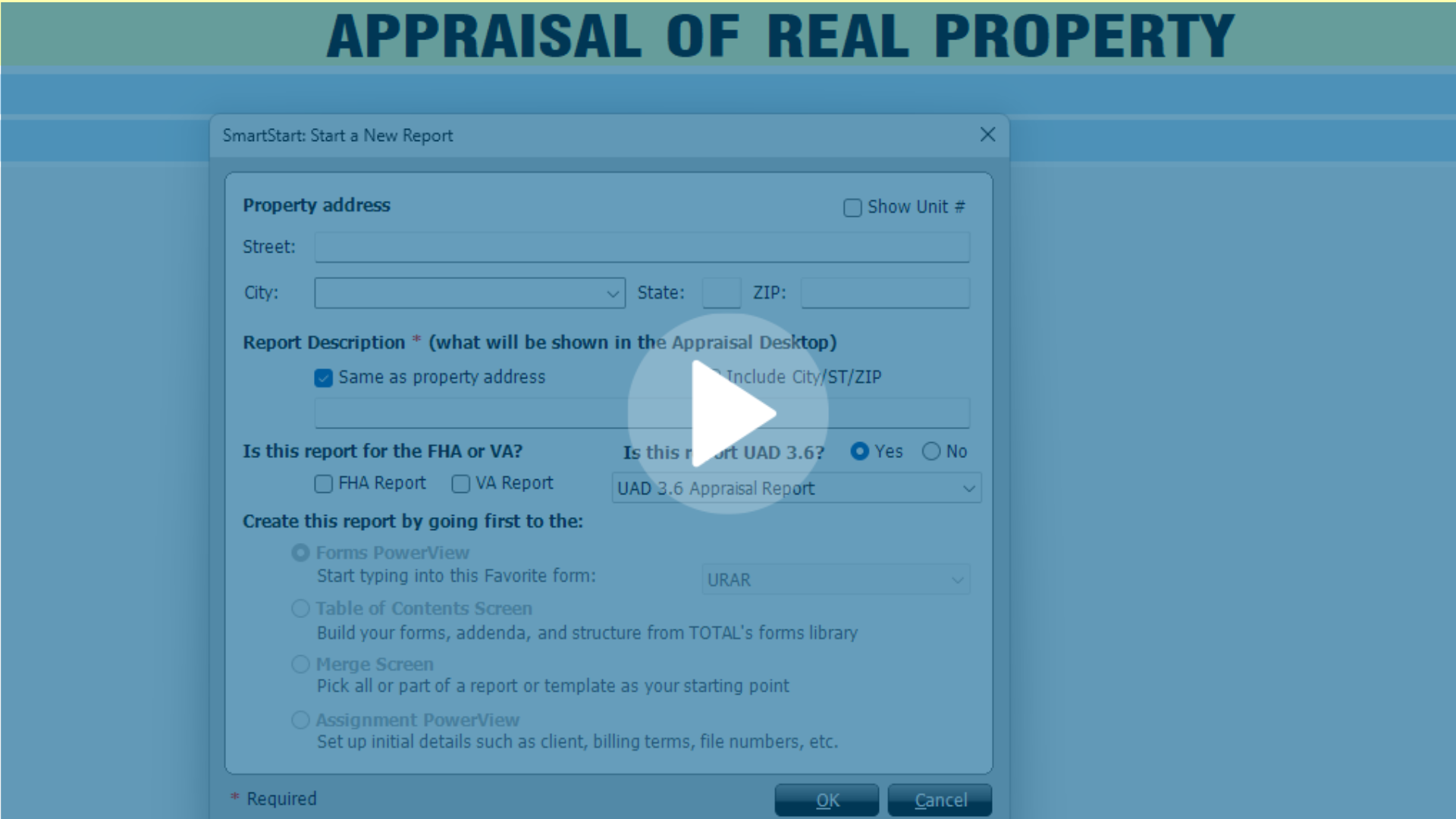


.png)
-1.png)

.png)
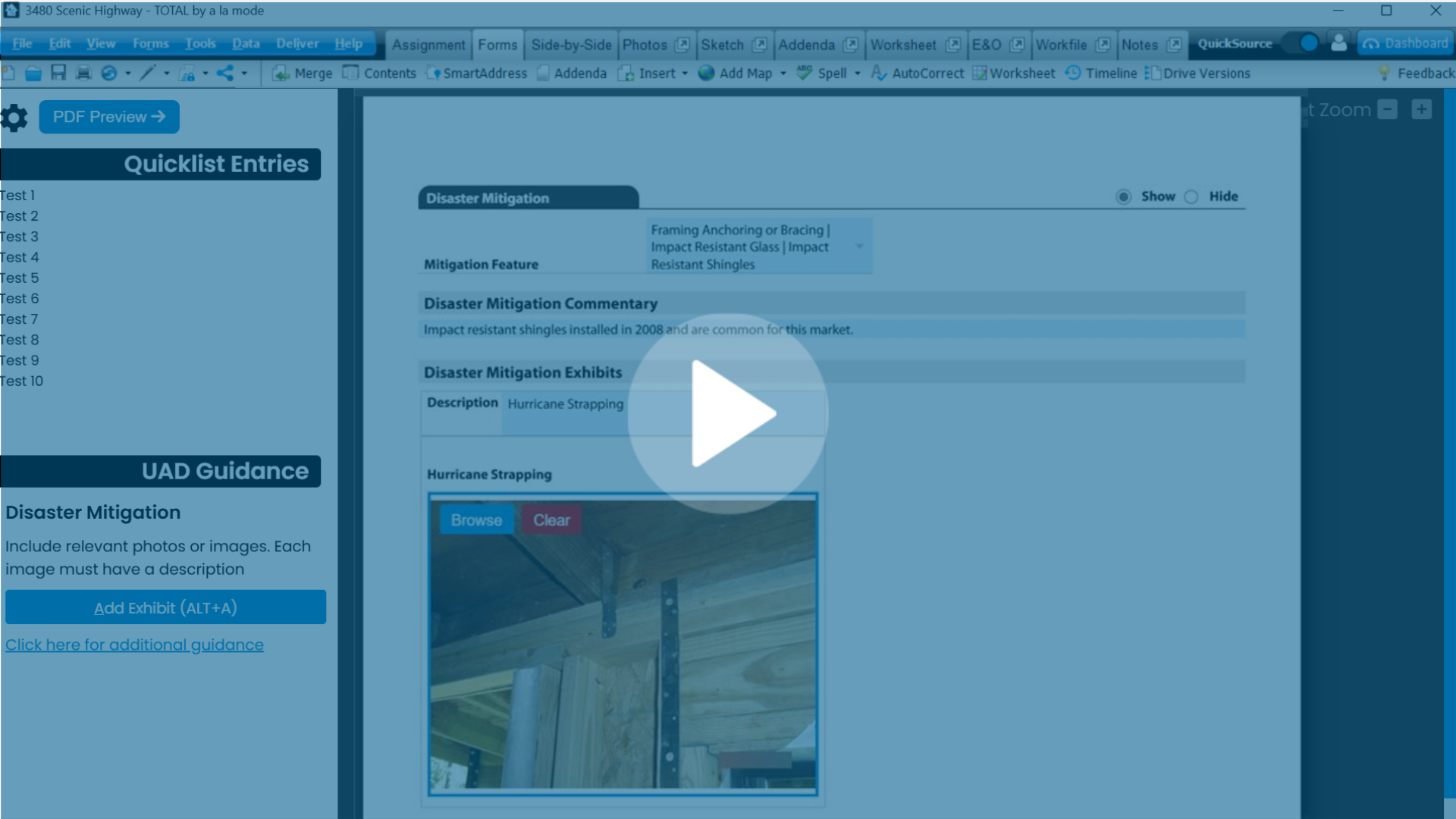
.png)
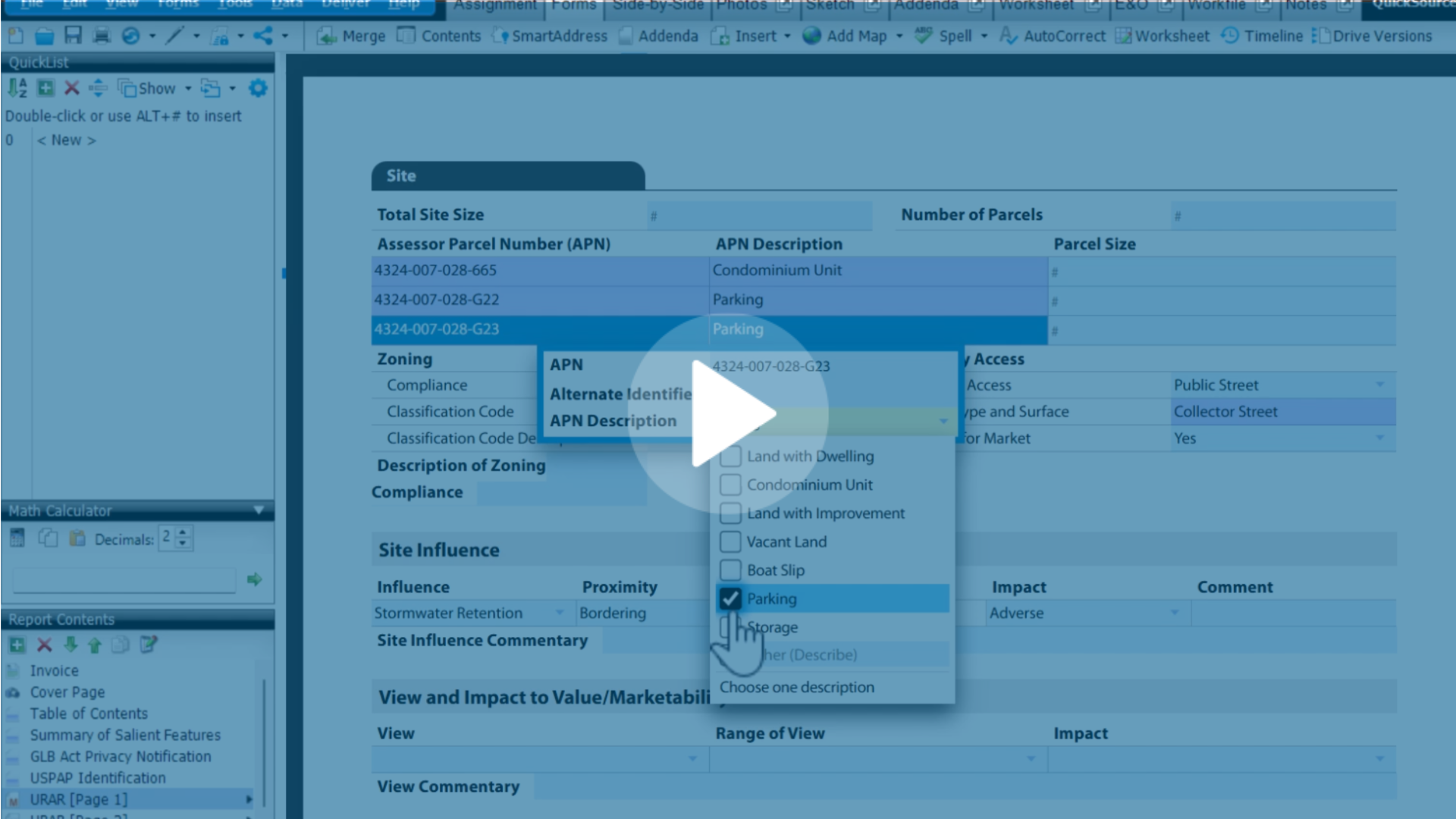
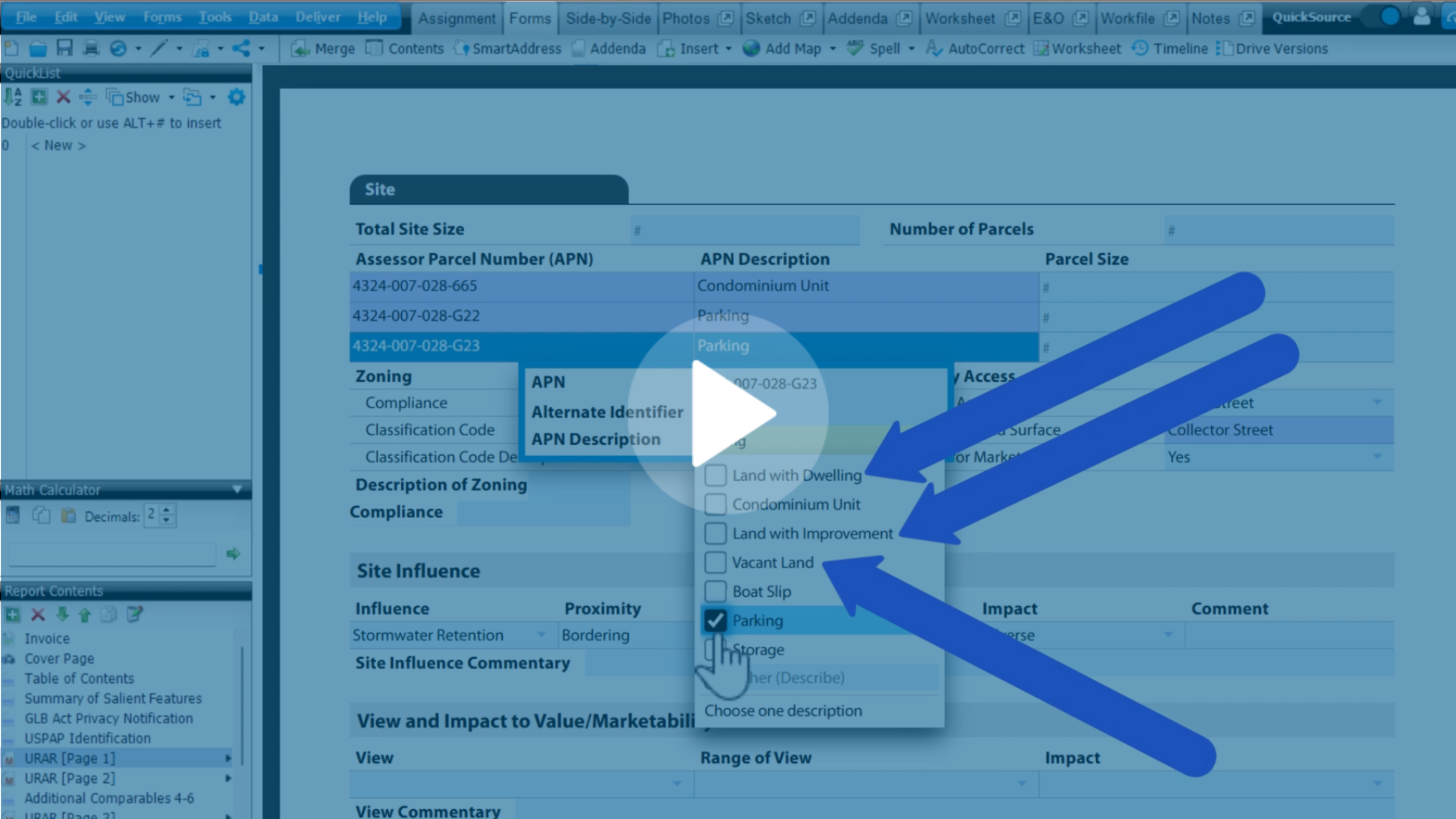
.png)
.png)
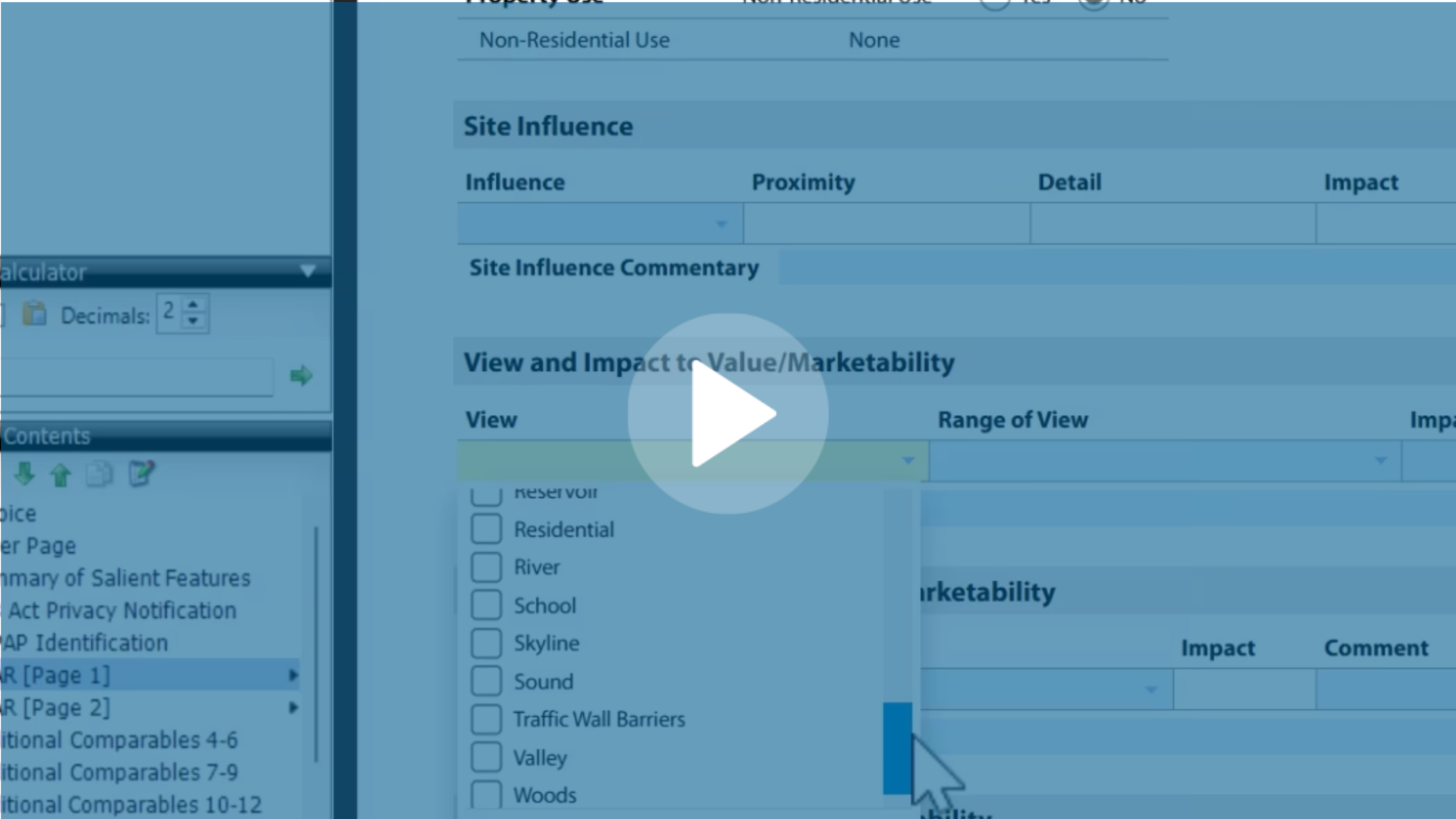
.jpg)
.png)
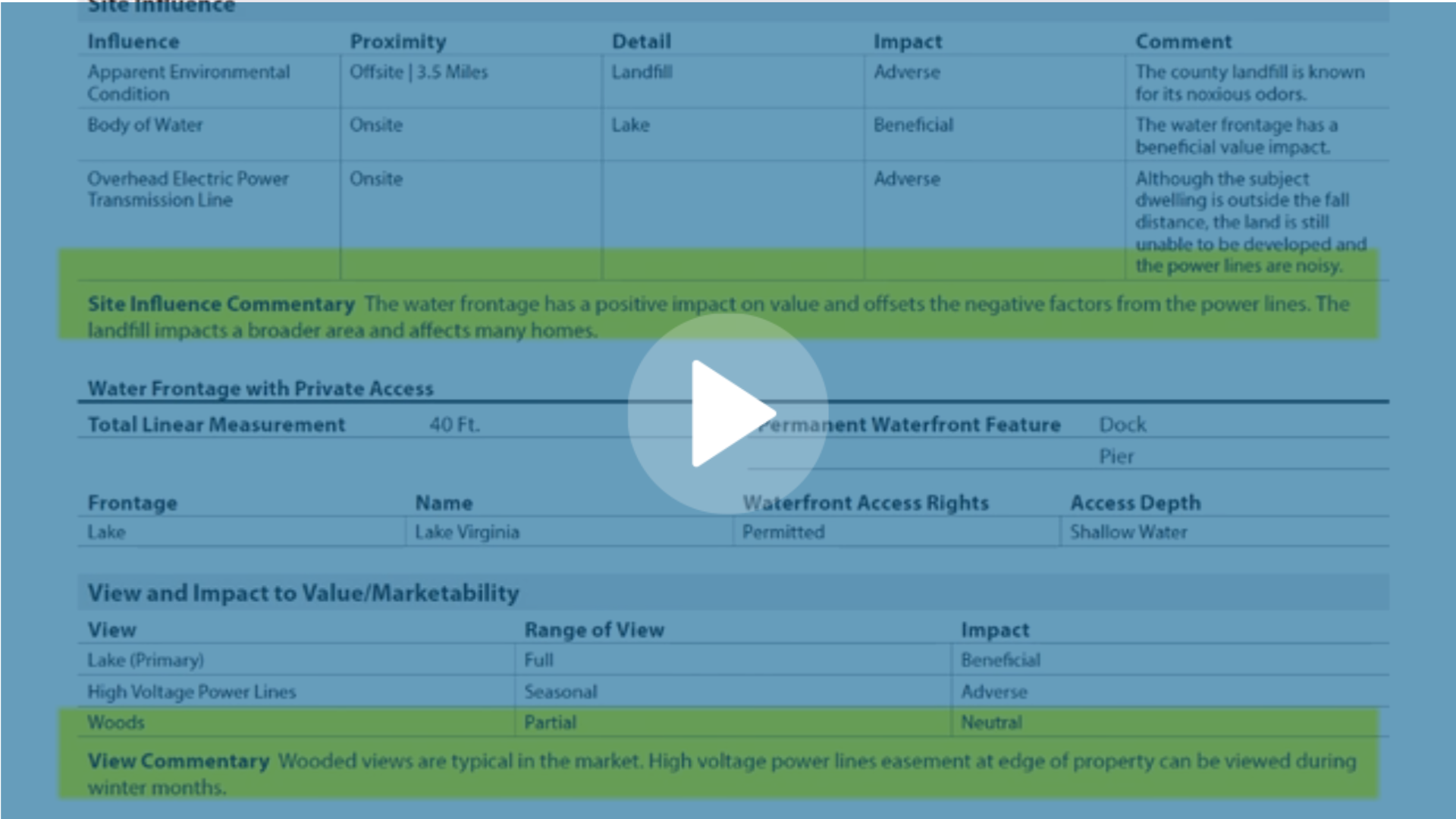
-1.png)
